|
Content Standards:
Students will explain and evaluate the impact of significant social, political, and economic changes during the Progressive Movement (e.g., industrial capitalism, urbanization, political corruption, initiation of reforms) World War I (e.g., imperialism to isolationism, nationalism) and the Twenties (e.g., economic prosperity, consumerism, women's suffrage). Learning Target: I can discuss the political, social, economic, & religious tensions that divided Americans during the 1920s. Today's Agenda:
0 Comments
Content Standards:
Students will explain and evaluate the impact of significant social, political, and economic changes during the Progressive Movement (e.g., industrial capitalism, urbanization, political corruption, initiation of reforms) World War I (e.g., imperialism to isolationism, nationalism) and the Twenties (e.g., economic prosperity, consumerism, women's suffrage). Learning Target: I can discuss the political, social, economic, & religious tensions that divided Americans during the 1920s. Today's Agenda:
Content Standards:
Students will explain and evaluate the impact of significant social, political, and economic changes during the Progressive Movement (e.g., industrial capitalism, urbanization, political corruption, initiation of reforms) World War I (e.g., imperialism to isolationism, nationalism) and the Twenties (e.g., economic prosperity, consumerism, women's suffrage). Learning Target: I can discuss the political, social, economic, & religious tensions that divided Americans during the 1920s. Today's Agenda:
Content Standards:
Students will explain and evaluate the impact of significant social, political, and economic changes during the Progressive Movement (e.g., industrial capitalism, urbanization, political corruption, initiation of reforms) World War I (e.g., imperialism to isolationism, nationalism) and the Twenties (e.g., economic prosperity, consumerism, women's suffrage). Learning Target: I can describe the events that led the United States into World War I, & I can analyze the war’s impact on American society. Today's Agenda:
Content Standards:
Students will explain and evaluate the impact of significant social, political, and economic changes during the Progressive Movement (e.g., industrial capitalism, urbanization, political corruption, initiation of reforms) World War I (e.g., imperialism to isolationism, nationalism) and the Twenties (e.g., economic prosperity, consumerism, women's suffrage). Learning Target: I can describe the events that led the United States into World War I, & I can analyze the war’s impact on American society. Today's Agenda:
Content Standards:
Students will explain and evaluate the impact of significant social, political, and economic changes during the Progressive Movement (e.g., industrial capitalism, urbanization, political corruption, initiation of reforms) World War I (e.g., imperialism to isolationism, nationalism) and the Twenties (e.g., economic prosperity, consumerism, women's suffrage). Learning Target: I can describe the events that led the United States into World War I, & I can analyze the war’s impact on American society. Today's Agenda:
Content Standards:
Students will explain and evaluate the impact of significant social, political, and economic changes during the Progressive Movement (e.g., industrial capitalism, urbanization, political corruption, initiation of reforms) World War I (e.g., imperialism to isolationism, nationalism) and the Twenties (e.g., economic prosperity, consumerism, women's suffrage). Learning Target: I can compare and contrast Roosevelt, Taft, & Wilson's foreign policies, & I can evaluate the consequences of each. Today's Agenda:
|
History, although sometimes made up of the few acts of the great, is more often shaped by the many acts of the small.
-Mark Twain AnnouncementsMay 5: No School
May 13: Study Session May 15: EOC Exam May 17: AP Exam May 25: Last Day ResourcesArchives
April 2017
Visitors |
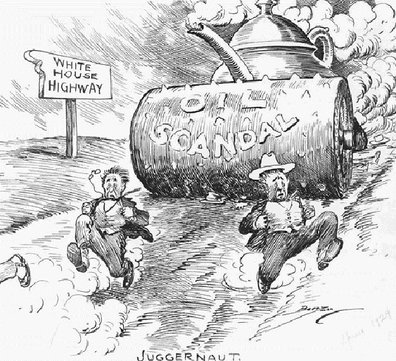
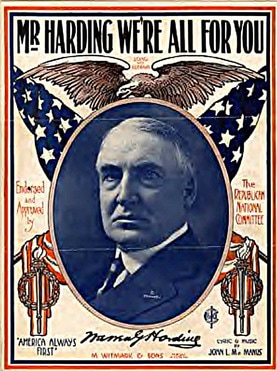

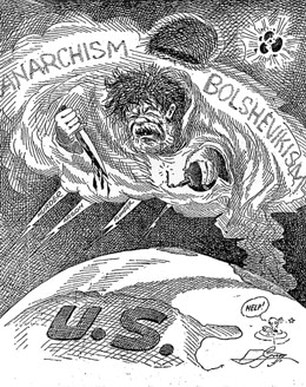
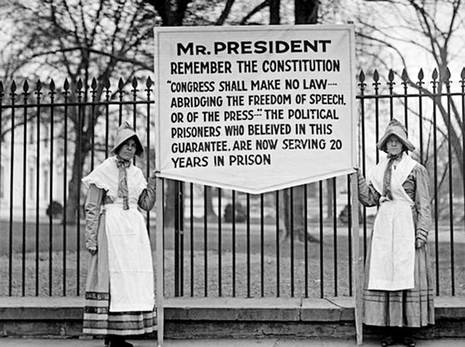
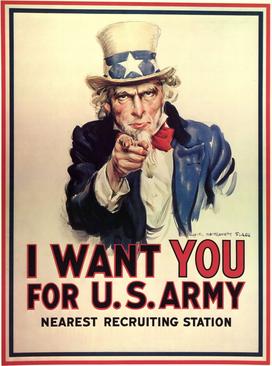
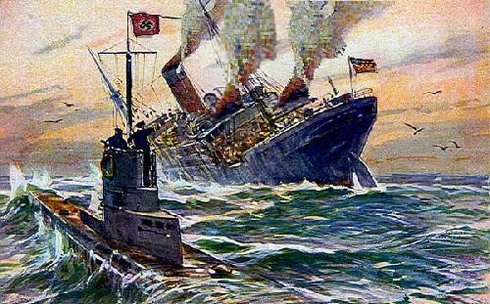
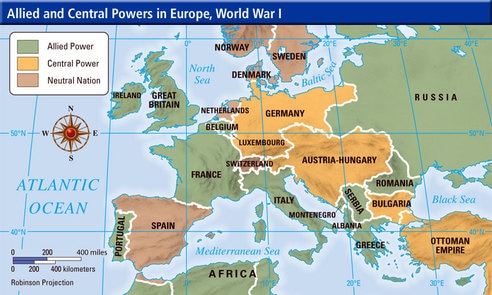
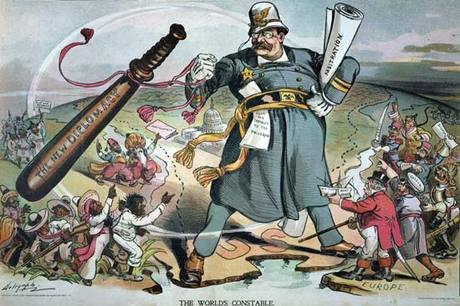
 RSS Feed
RSS Feed
